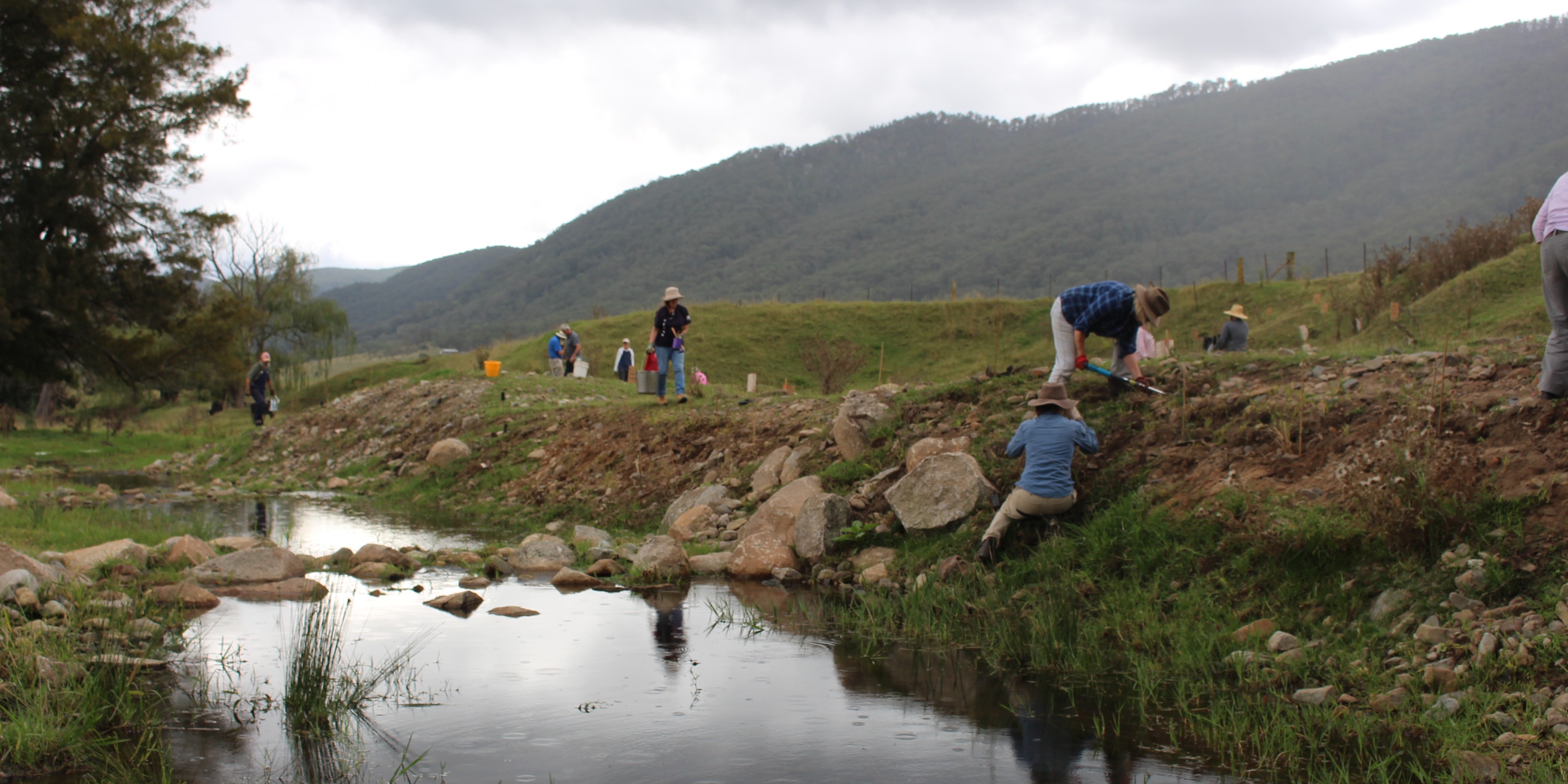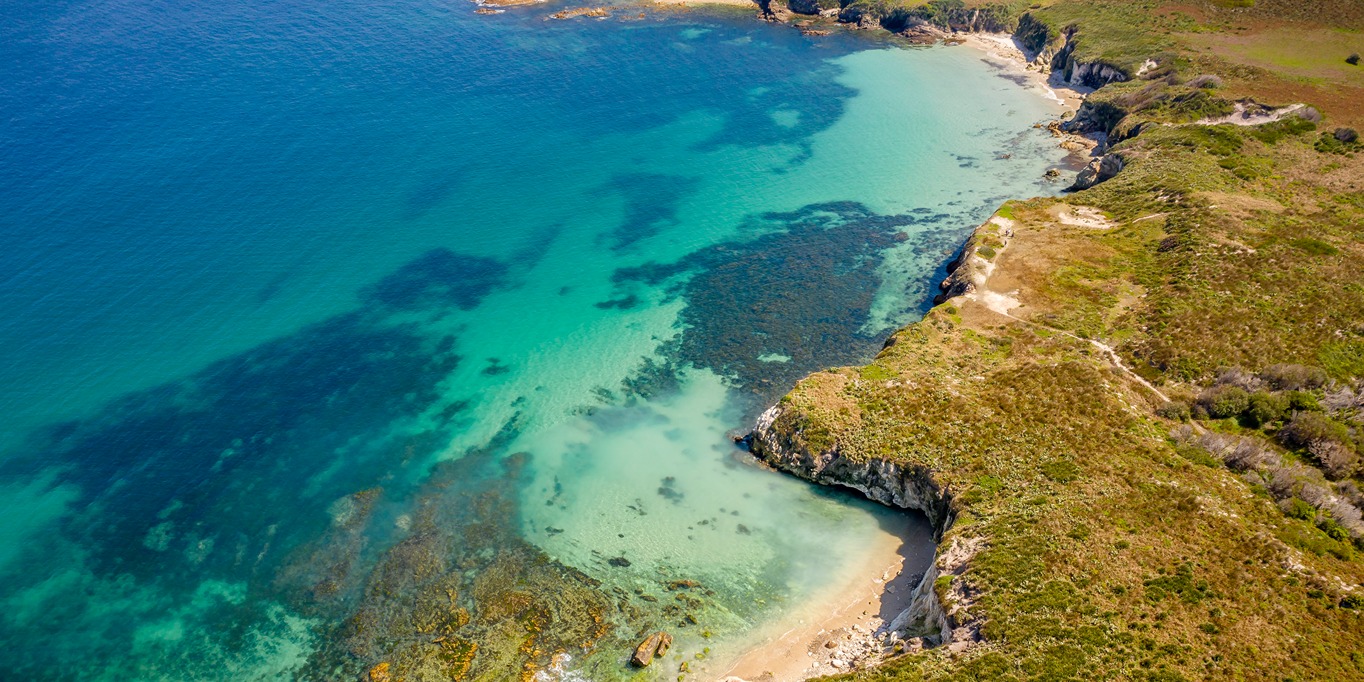About this case study
Heat
Communities, land and water managers
Citizen science
As global temperatures rise, many marine creatures are on the move.
As our planet warms, many marine species are setting up home further south along the Australian coastline. Snorkelers, divers, beachcombers and fishers are seeing this – and we need their help to capture these rapidly occurring changes.
Curtis Champion, Research Scientist, NSW Department of Primary Industries
Stretching 34,000 kilometres, Australia has a vast coastline that is challenging to monitor. It’s not always easy for scientists to know exactly what’s happening below the ocean’s surface.
But thanks to an innovative citizen science project, anyone with a camera can become an ‘ecological detective’.
Each year, the Redmap project captures thousands of photos taken by everyday Australians to better understand the secrets of our marine life as oceans warm. As part of the NSW Government’s Marine Estate Management Strategy, NSW DPI has teamed up with Redmap to capture information about changes occurring along the NSW coastline and to engage communities about marine climate change impacts.
“Ocean temperatures around most parts of the Australian coast are warming at a rate over twice the global average,” says Dr Curtis Champion, DPI Research Scientist and climate change citizen science project lead.
“A rise of just a degree or two can significantly influence the distribution of marine species across our NSW coastal waters.”
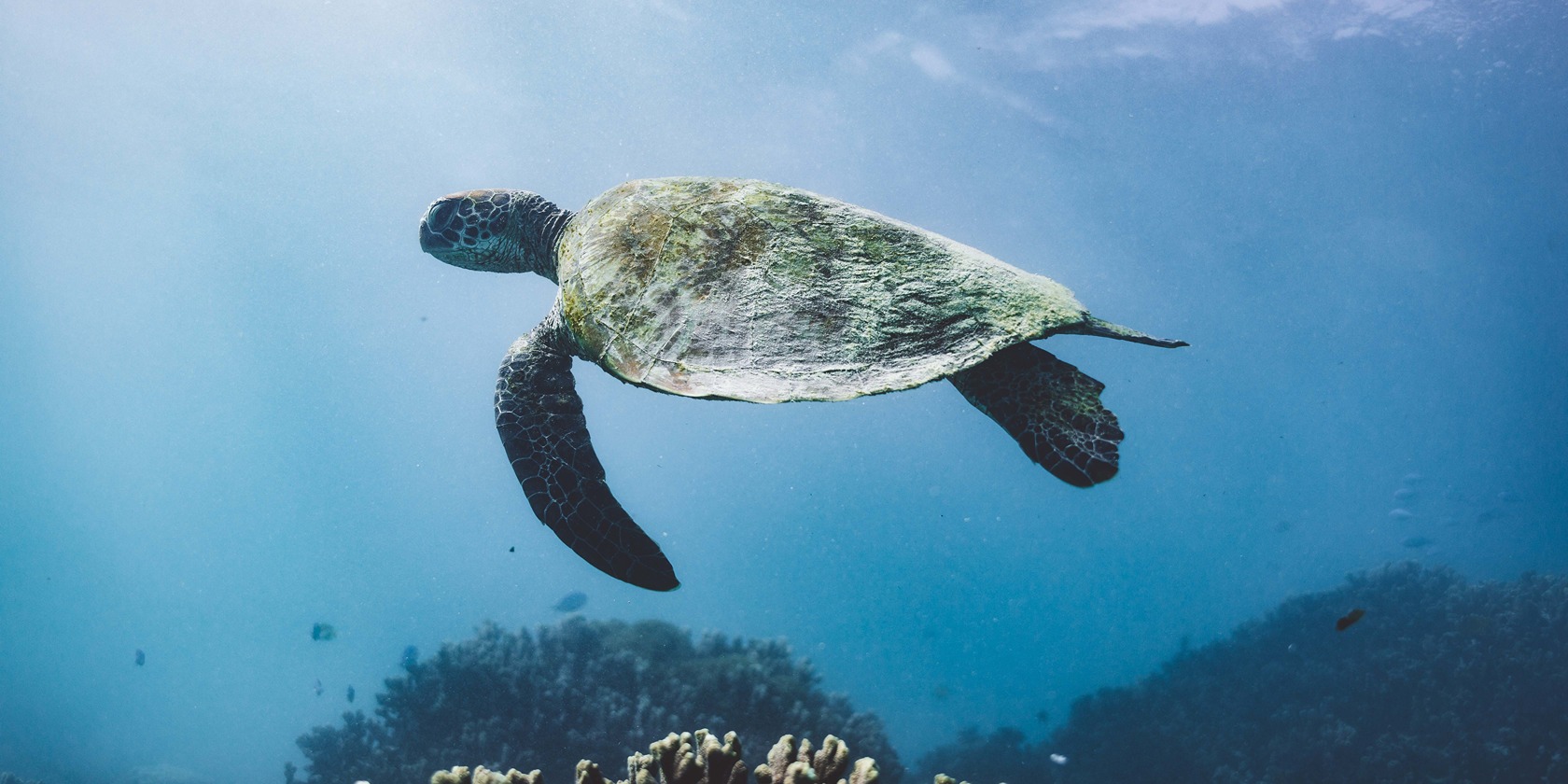
Planning for climate change
Redmap, which stands for Range Extension Database and Mapping Project, began in Tasmania in 2009 and has since expanded nationally. The project is supported by the University of Tasmania’s Institute for Marine and Antarctic Studies, and a range of Australian universities and governments, including the NSW Government Department of Primary Industries.
Redmap addresses one of the key priorities of the NSW Marine Estate Management Strategy: ‘planning for climate change’. At the heart of the strategy is holistic management that treats the marine estate as one continuous system. It also outlines how the NSW Government will manage the most important threats to the environmental assets; and the social, cultural and economic benefits the community gains from the marine estate.
When someone spots an unusual species, they can upload a photo with location and size information to the Redmap website. The photos are verified by a network of almost 100 marine scientists. Over time, these individual observations come together to create a clearer picture of which species are extending their range further south.
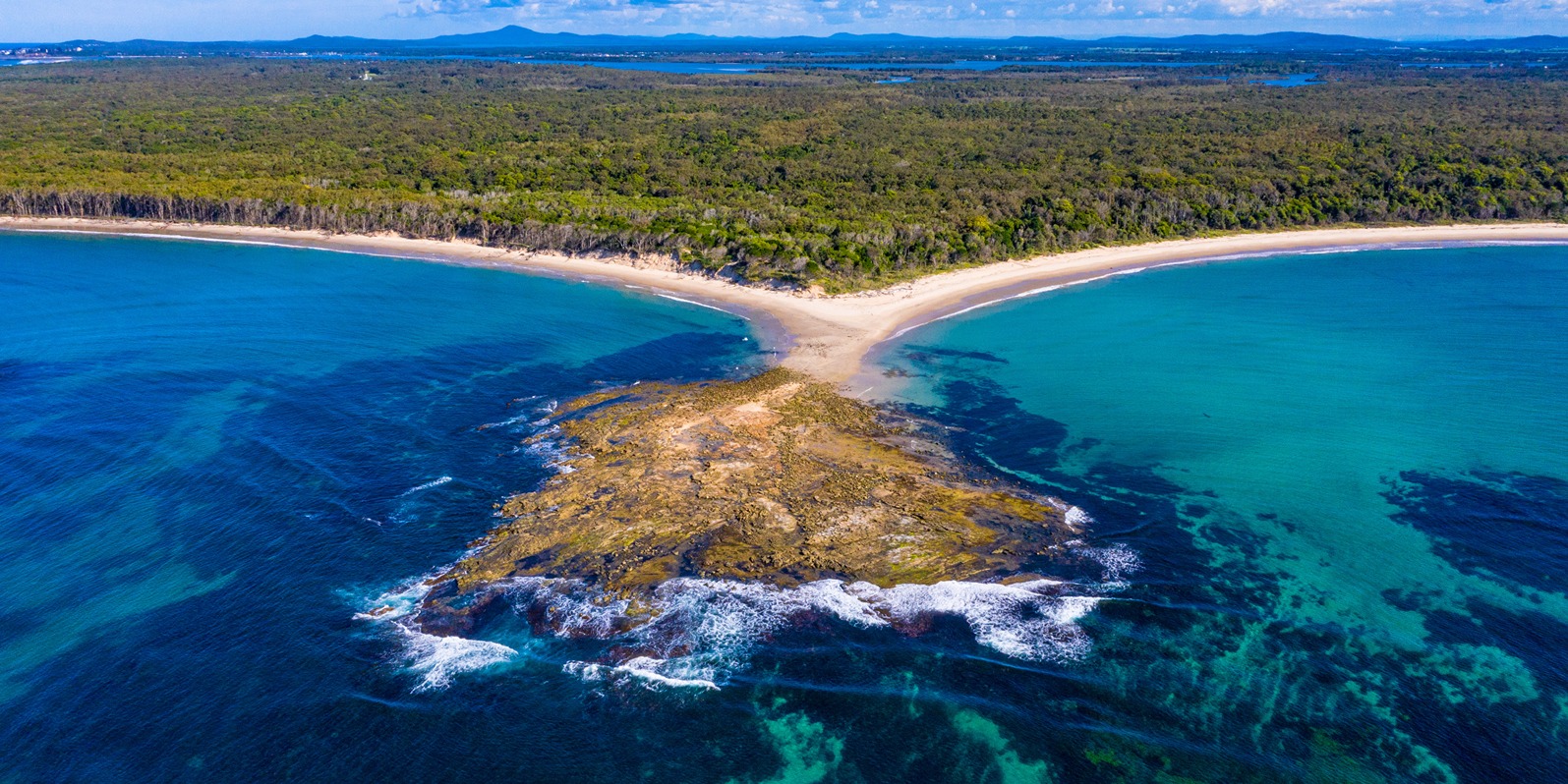
Calling all sea life spotters
In the ten-year period between 2012 and 2021, 234 citizen scientists logged 656 unusual or out-of-range species sightings in NSW alone. These findings are captured in the NSW citizen science decadal report card.
For instance, Dogtooth Tuna (Gymnosarda unicolor) usually live in tropical waters north of the Queensland border. But since 2015 this highly prized fish has been surprising anglers and spearfishers with several catches along the New South Wales coast.
Similarly, scuba divers first noticed a crop of the tropical branching coral (Pocillopora aliciae) near Sydney in 2013. This has since been multiplying and several tropical fish species have been spotted in the coral bed, including Dick’s Damselfish (Plectroglyphidodon dickii).
The project has developed a range of resources, including a national poster documenting marine species-on-the-move and a species identification sheet, which helps everyone from beachcombers to boaters know what to watch out for.
“This is not only a data collection initiative, but also an engagement activity,” Dr Champion adds.
“By asking people to keep an eye out for species that are unusual to their local areas, we're bringing the effects of climate change directly into their lives – and this engenders interest and action.”
Fishers, snorkelers, and divers who frequently visit a particular area develop a deep understanding of the species found there. When a new or unfamiliar species appears, they are often the first to notice.
Curtis Champion, Research Scientist, NSW Department of Primary Industries
Case studies
The Restore and Renew webtool provides simple, science-backed guidance to improve restoration projects across New South Wales. In the Hunter Valley, it is helping to rebuild climate-ready, genetically diverse populations of the River Red Gum.
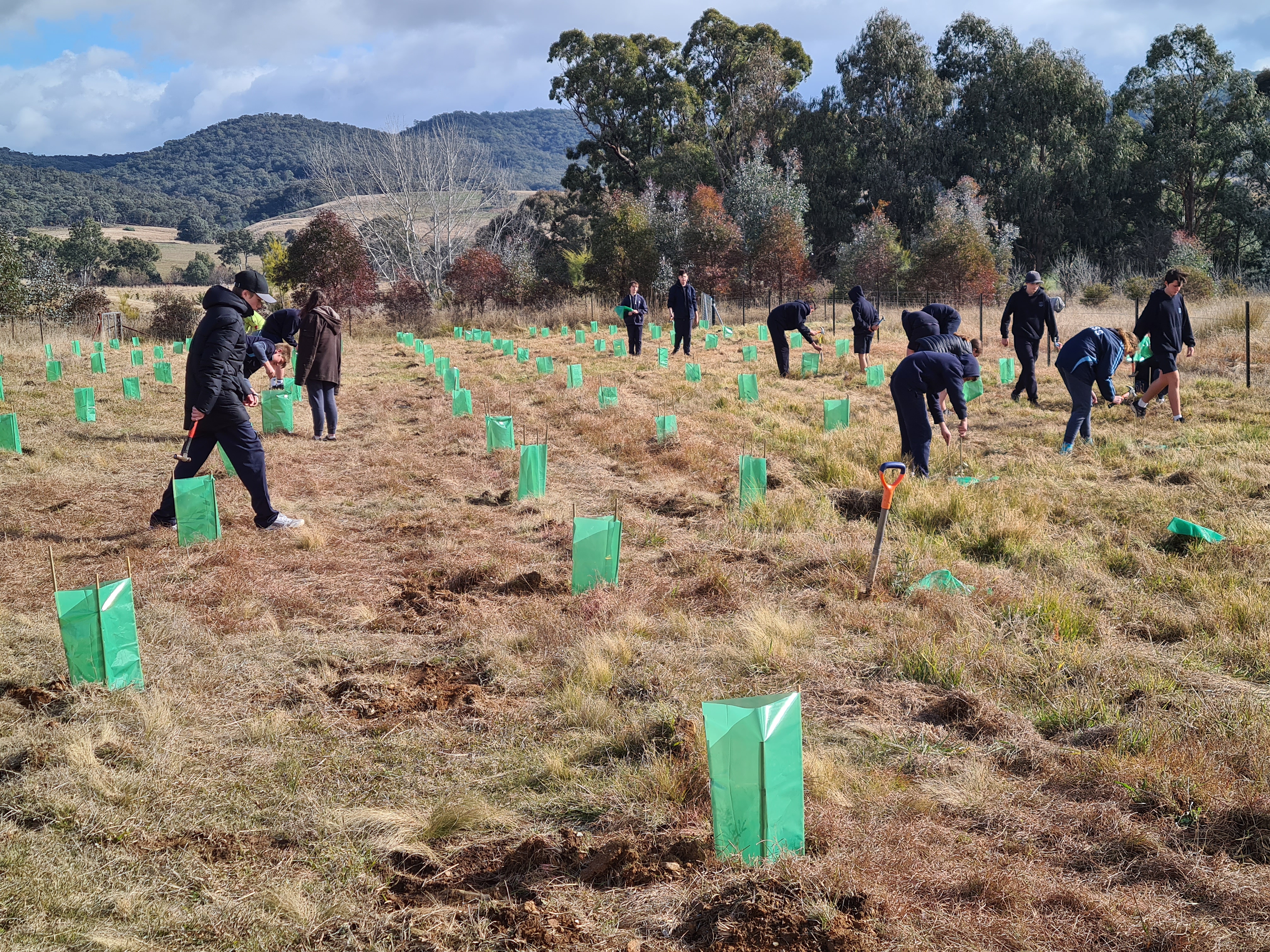
The Yass Area Network of Landcare Groups is is using the Restore and Renew webtool to guide seed selection for their Climate Ready Revegetation Project.
